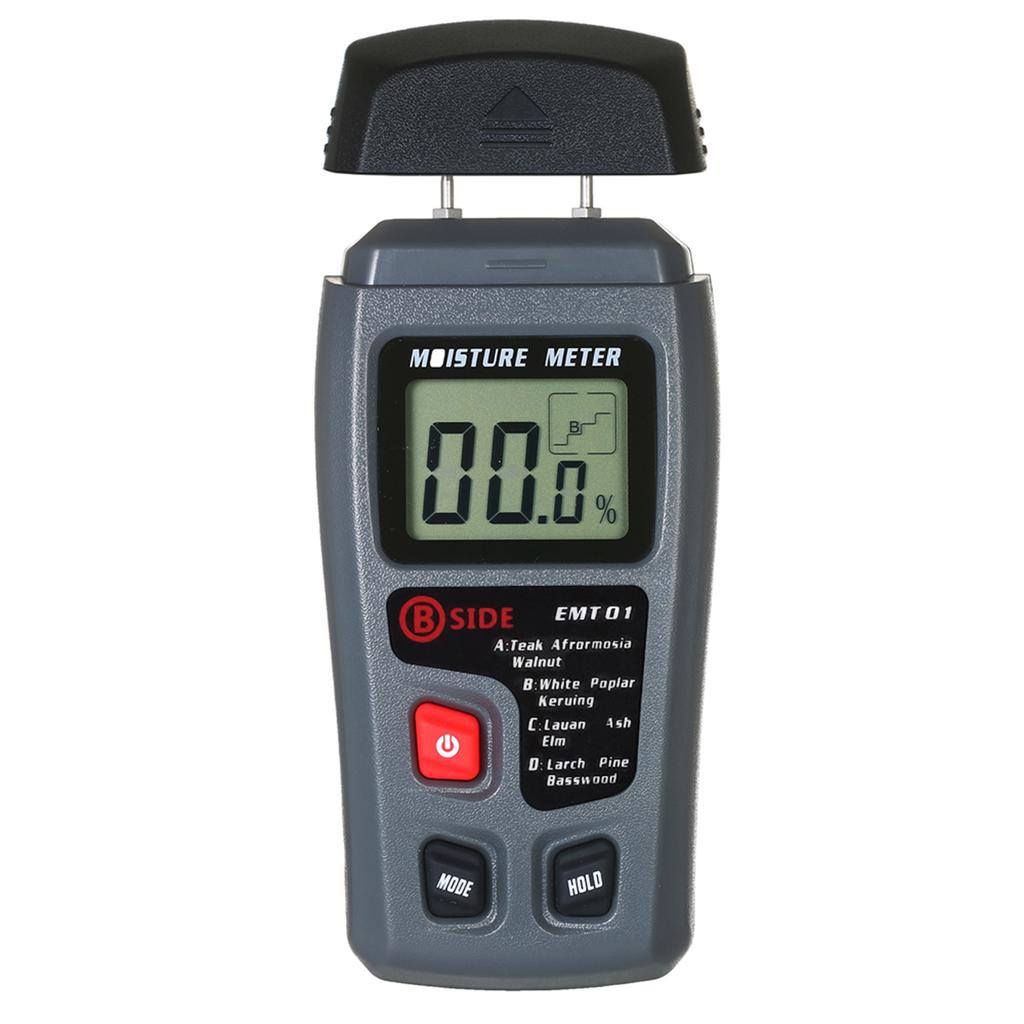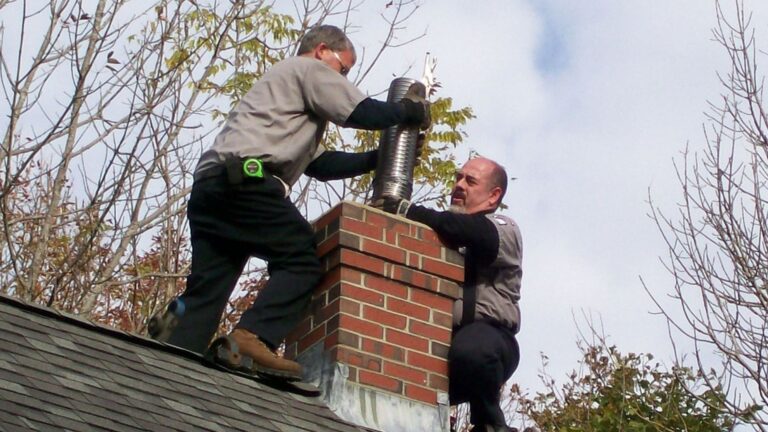
Maintaining the right level of moisture is one of the simplest, yet most critical factors that determines crop yield, quality, and farm profitability. Moisture meters have become indispensable tools for farmers, agronomists, greenhouse managers, and postharvest handlers because they turn guesswork into data.
When used correctly, these devices help avoid over- and under-watering, reduce disease risk, optimize fertilizer uptake, and support precision agriculture strategies that save water and inputs while improving crop outcomes.
What a moisture meter does (and what it doesn’t)
A moisture meter measures the amount of water present in a medium, most commonly soil, growing media, or harvested plant material. There are several measurement technologies (tensiometers, dielectric sensors/probes, capacitance sensors, resistance-based meters, and portable pin meters), and each has specific strengths and limitations.
No single device is a universal solution: some give quick point readings for spot checks, others provide continuous volumetric water content or water potential readings suitable for irrigation automation. Understanding the difference helps put the right meter in the right role.
Key applications in the field
1. Irrigation scheduling and water conservation
One of the main uses for moisture meters is deciding when and how much to irrigate. Rather than relying on calendar-based watering or visual signs (wilting can appear only after stress is significant), farmers can use meter readings to trigger irrigation near crop-specific thresholds.
That leads to more uniform soil moisture, reduced water waste, and often improved nutrient uptake because water and nutrients move together through the soil profile.
2. Establishment and germination
Seeds and young seedlings are particularly sensitive to moisture fluctuations. Too dry and germination stalls; too wet and seeds rot or damping-off pathogens take hold. Small, portable meters or soil sensors placed at seed depth allow nursery managers and field crews to maintain the narrow moisture band that maximizes emergence and early growth.
3. Greenhouse and container production
Growing media in pots and trays behave differently from field soils; they drain faster and have limited water-holding capacity.
Capacitance and dielectric sensors designed for container media provide rapid, reliable volumetric moisture readings so greenhouse managers can irrigate by media conditions rather than by schedule. This improves root health, reduces fertilizer leaching, and improves uniformity across benches.
4. Precision agriculture and sensor networks
When moisture sensors are networked across a field and integrated with mapping or farm-management software, irrigation can be zone-specific. That means applying water only where and when it’s needed. Combined with weather data, crop models, and remote sensing, soil moisture measurements become a core input to data-driven irrigation strategies that increase resource-use efficiency and crop consistency.
5. Disease and pest management
Many fungal and bacterial pathogens thrive in overly wet soils or plant surfaces. Moisture meters help growers spot persistently wet zones, low-lying areas, compacted soil zones, or poorly drained beds that are prone to disease outbreaks. Addressing those moisture issues (through drainage, tillage, or irrigation modification) is often more sustainable and cost-effective than repeated chemical treatments.
6. Postharvest handling and storage
Meters aren’t only for live plants. In postharvest, they measure moisture content in hay, grain, wood chips, and other stored materials. Ensuring moisture levels are within safe storage limits prevents spoilage, mold growth, and quality loss, and reduces fire risk in dried materials.
Choosing the right meter and using it well
Types and trade-offs
Pin-type meters (resistance-based): Cheap and useful for quick spot checks, but readings are influenced by salinity and temperature, and they require multiple insertions.
Dielectric/capacitance sensors: Provide volumetric water content, can be left in place for continuous monitoring, and are less affected by salinity. They’re good for automation.
Tensiometers and matric potential sensors: Measure the energy status of water (how tightly soil holds water), which some crops respond to more directly than absolute moisture content. Useful for irrigation control.
Grain/hay meters: Calibrated specifically to measure harvested material moisture content; essential for safe storage.
Best practices
Calibrate regularly. Sensors drift, and different soils and media change sensor behavior. Follow manufacturer guidance and check meters against gravimetric samples when precision matters.
Measure at root depth. Readings should represent the zone the crop is actively using. For many row crops that’s the top 15–30 cm during establishment and deeper as roots grow.
Take multiple readings. Soil moisture is highly variable across a field. Use several measurement locations and average them to get a realistic picture.
Mind soil type and salinity. Heavy clays, sandy soils, and salty soils affect sensor performance differently; choose a sensor compatible with your conditions or apply soil-specific calibration curves.
Keep records. Logging moisture readings over time helps identify trends, evaluate the effect of irrigation changes, and support season-to-season improvements.
Integrating moisture data into farm operations
Modern meters and sensors often connect to data platforms or directly to irrigation controllers. When combined with weather forecasts and crop water use estimates, moisture data can automate irrigation events or provide alerts to managers. Even without full automation, routine moisture mapping supports better decisions about fertilizer timing (apply when roots can take it up), harvest scheduling, and risk mitigation for disease and storage.
Economic and sustainability benefits
Using moisture delivers both economic and environmental wins. Farmers can save on water, reduce energy use for pumping, cut fertilizer losses, and avoid yield penalties from both drought stress and waterlogging. On a larger scale, efficient water use preserves local water resources and reduces runoff and nutrient pollution.
Limitations and what to watch for
Meters are useful tools, not magic bullets. They require thoughtful placement, calibration, and interpretation. Sensors measure a small volume of soil; misplacement or inadequate sampling can mislead decisions.
Also, different crops and growth stages have different optimal moisture targets — a single threshold isn’t universally applicable. Finally, upfront costs for networks and sensors can be a barrier for smaller operations, though affordable handheld meters still offer meaningful benefits.
Conclusion
Moisture meters transform subjective moisture management into objective, actionable information. From nursery trays to large-field precision irrigation, and from harvest storage to disease prevention, these tools support healthier crops, efficient input use, and more sustainable farming.
The key to unlocking their full value is choosing the right meter for the job, following good calibration and sampling practices, and integrating moisture data into routine farm decision-making. In a world where every drop counts, accurate moisture measurement is one of the most practical investments a grower can make.



